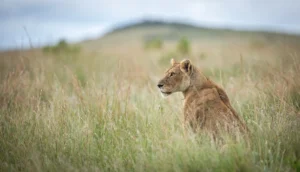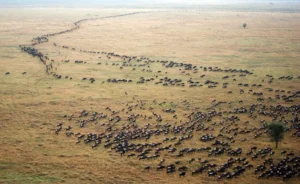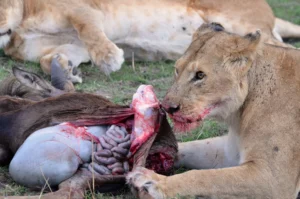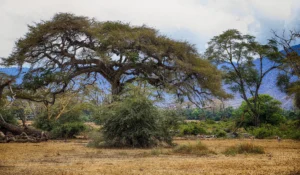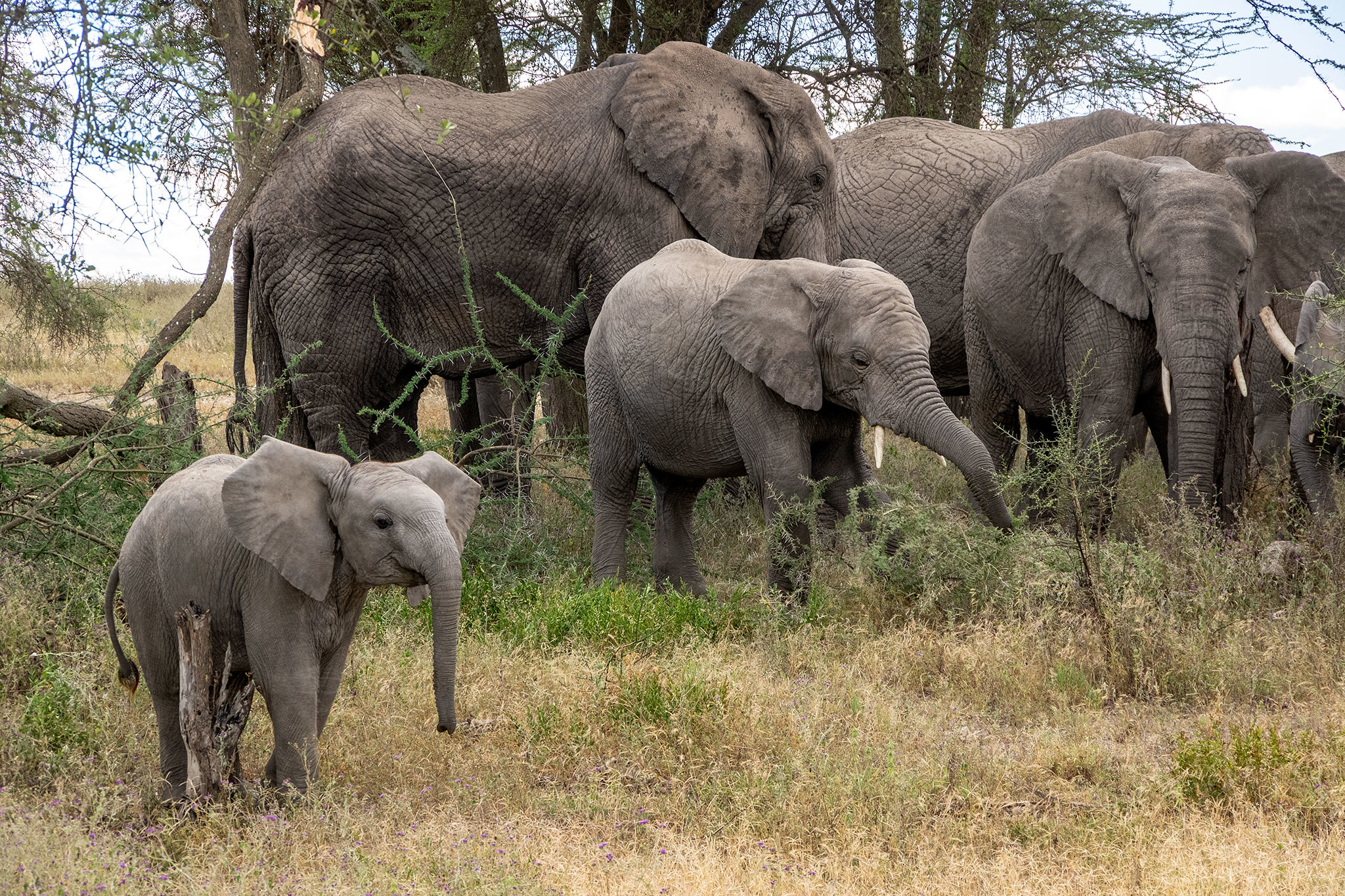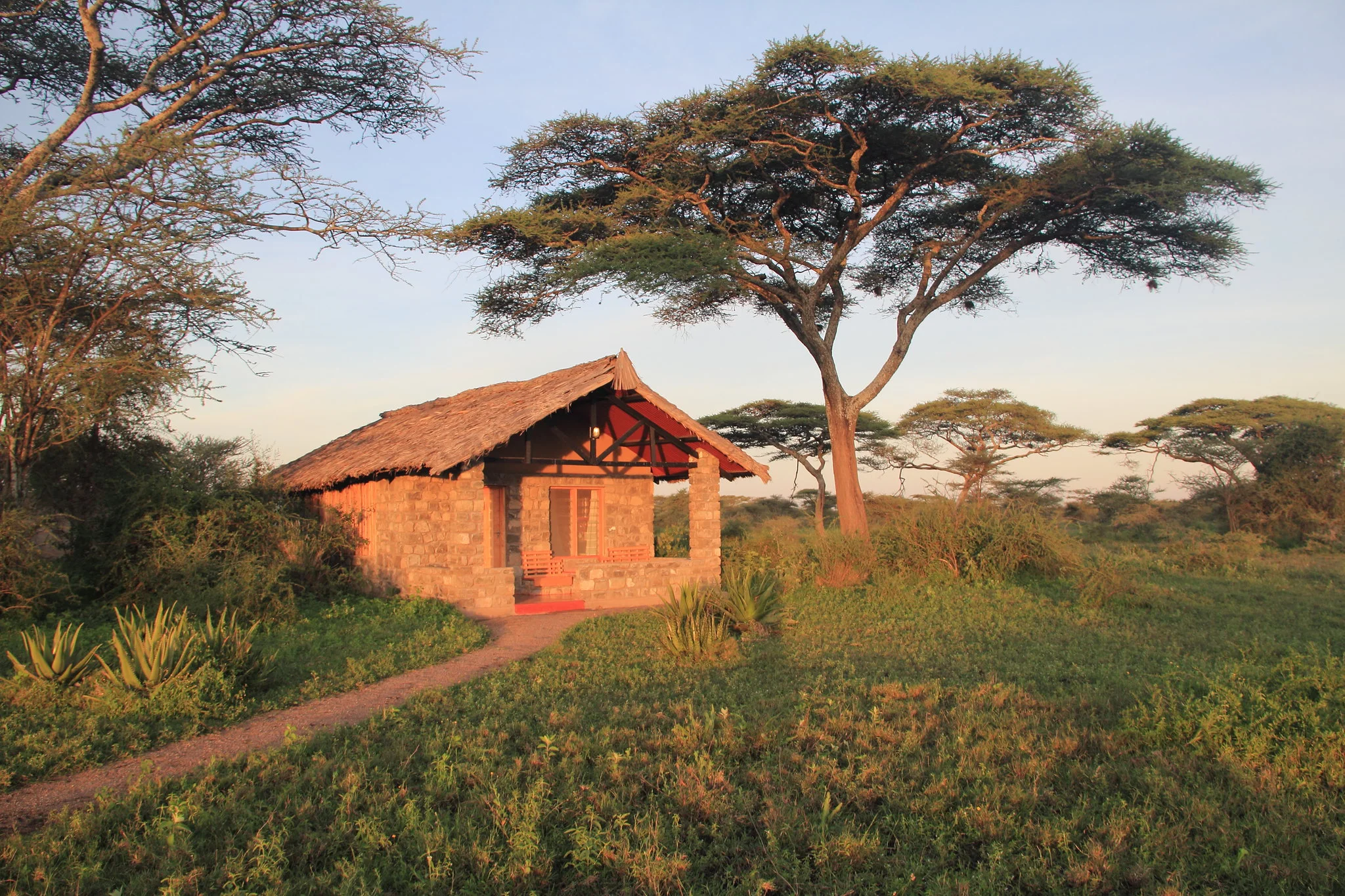The Serengeti National Park in Tanzania is home to one of the most remarkable wildlife spectacles on Earth: the Great Migration. Each year, millions of animals, including wildebeest, zebras, and gazelles, traverse the vast Serengeti plains in search of fresh grazing grounds, driven by ancient instincts and the rhythms of nature. In this article, we’ll explore the awe-inspiring phenomenon of the Great Migration, its significance, and the best ways to witness this natural spectacle.
The Players:
The Great Migration is primarily led by two species: the wildebeest (Connochaetes taurinus) and the plains zebra (Equus quagga). Thomson’s gazelles and eland also participate, but wildebeests and zebras are the stars of the show.
The Route:
The migration route covers a staggering 800 kilometers (500 miles) in a continuous loop. It starts in the southern Serengeti and Ngorongoro Conservation Area, moves north to the central Serengeti, and then crosses the Mara River into the Maasai Mara in Kenya before heading back south.
The Timing:
The Great Migration is a year-round event, but its timing depends on the rains. Typically, it unfolds between December and July. The precise timing can vary, making it crucial for travelers to plan their visit accordingly.
The Challenges:
The journey is fraught with peril. Along the way, animals must contend with predators like lions, leopards, and crocodiles, as well as exhaustion, injuries, and changing weather conditions.
The Spectacle:
The sheer numbers of animals involved in the Great Migration are staggering. Witnessing thousands of wildebeests and zebras on the move, filling the horizon as far as the eye can see, is a humbling and mesmerizing experience.
The Mara River Crossing:
One of the most iconic and heart-pounding moments of the Great Migration occurs when the herds must cross the treacherous Mara River. Crocodiles lurk beneath the waters, and predators wait on the riverbanks, creating scenes of both bravery and tragedy.
The Ecological Impact:
The Great Migration is not just a magnificent spectacle; it’s also vital for the ecosystem. The movement of millions of herbivores shapes the landscape, prevents overgrazing, and helps distribute nutrients.
Conservation and Sustainable Tourism:
Efforts are in place to protect the Great Migration and its participants. Sustainable tourism practices ensure that visitors can witness this natural wonder without causing harm to the animals or their environment.
Witnessing the Great Migration:
To witness the Great Migration, travelers can embark on guided safaris in the Serengeti and Maasai Mara. The choice of timing and location depends on whether you wish to see river crossings, calving season, or other specific aspects of the migration.
The Great Migration in the Serengeti is a testament to the wonders of the natural world. It is a vivid reminder of the intricate web of life on Earth and the enduring power of instinct. For those fortunate enough to witness it, the Great Migration is an experience that leaves an indelible mark, forever connecting them to the untamed beauty of the African savanna and the ancient rhythms of nature.

